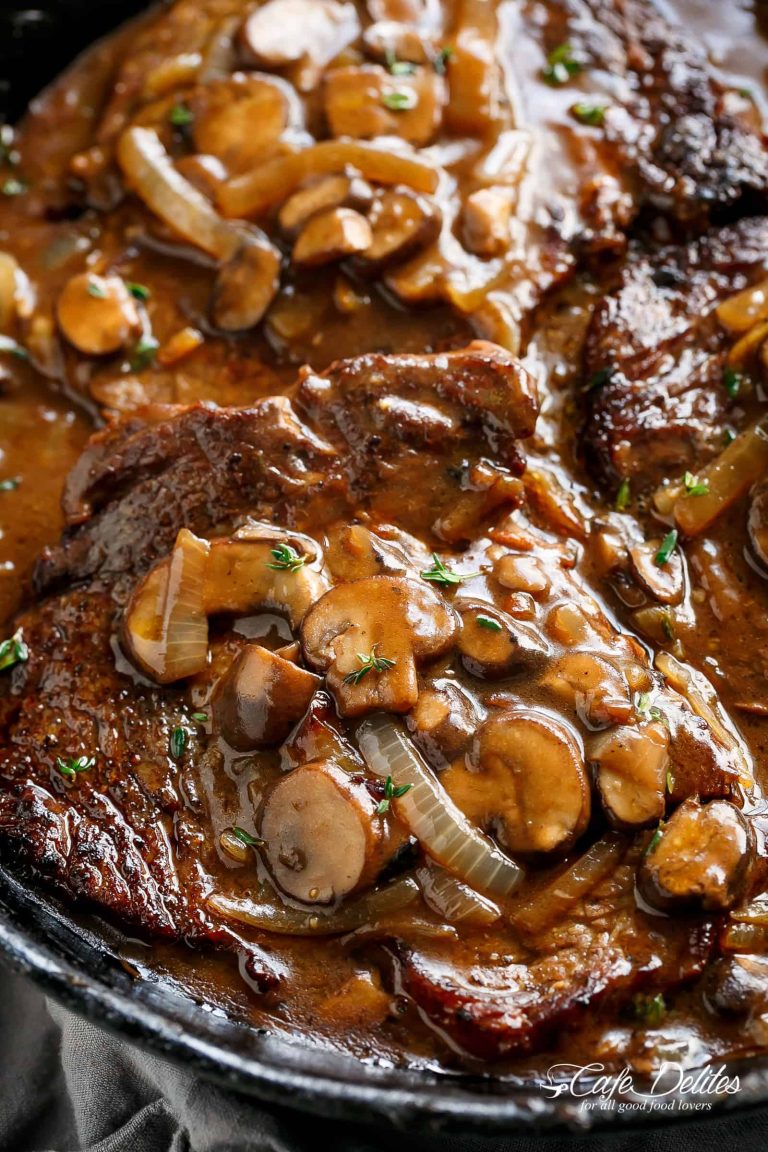Fry Sauce Recipe: Quick, Delicious, and Easy to Store
Certain ingredients often appear in a simple stir fry sauce. Soy sauce, garlic, ginger, and sesame oil form the foundation. Soy sauce delivers salty and umami notes, making it a central flavor component. Garlic and ginger add aromatics and a slight spice, enhancing the sauce’s complexity. Sesame oil provides a nutty undertone, adding depth. Other ingredients such as cornstarch, rice vinegar, and sugar might include thickeners, acidity, and sweetness, respectively.
The Role of Each Ingredient
Soy sauce primarily functions as a flavor enhancer. It adds saltiness and umami, balancing the dish. Garlic contributes a distinct sharpness, while ginger adds warmth and spice. Together, they create a nuanced aroma. Sesame oil imparts a nutty flavor, helping to bind the other elements. Cornstarch thickens the sauce, ensuring it clings to the ingredients. Rice vinegar introduces acidity, counteracting the sweetness of sugar and balancing the overall taste.
How to Make Your Own Simple Stir Fry Sauce
Step-by-Step Guide
- Gather Ingredients: Combine 1/2 cup of soy sauce, 1/4 cup of water, 2 tablespoons of cornstarch, 2 tablespoons of rice vinegar, 2 tablespoons of sugar, 1 tablespoon of minced garlic, 1 tablespoon of minced ginger, and 1 tablespoon of sesame oil.
- Combine Dry Ingredients: Mix 2 tablespoons of cornstarch with 2 tablespoons of sugar in a small bowl. Ensure the mixture has no lumps.
- Mix Wet Ingredients: In another bowl, combine 1/2 cup of soy sauce with 1/4 cup of water, 2 tablespoons of rice vinegar, 1 tablespoon of minced garlic, 1 tablespoon of minced ginger, and 1 tablespoon of sesame oil.
- Integrate Dry and Wet Mixtures: Gradually add the dry mixture to the wet mixture, stirring constantly to avoid lumps. Continue stirring until the sugar completely dissolves.
- Adjust for Taste: Taste the sauce and make adjustments if necessary. Add more soy sauce for saltiness, more sugar for sweetness, or more rice vinegar for acidity.
- Cornstarch Slurry: When aiming for a thicker sauce, create a cornstarch slurry. Mix 1 tablespoon of cornstarch with 2 tablespoons of cold water. Add this to your sauce and cook until it reaches the desired thickness.
- Heat Management: Cook the sauce over medium heat. This ensures that the ingredients meld together seamlessly and the sauce thickens without burning.
- Continuous Stirring: Stir the sauce consistently as it heats. This prevents cornstarch from clumping and ensures a smooth texture.
- Cooling Time: Let the sauce cool slightly before using it in stir fry dishes. This helps the flavors to further develop and the sauce to thicken slightly as it cools.
Variations of Simple Stir Fry Sauce
Sweet and Sour Variations
Try using pineapple juice, rice vinegar, and sugar to create sweet and sour stir fry sauces. Pineapple juice adds sweetness, rice vinegar introduces acidity, and sugar balances the flavors. Combine 1/4 cup pineapple juice, 2 tablespoons rice vinegar, and 1 tablespoon sugar with basic sauce ingredients like soy sauce, ginger, and garlic. Mix thoroughly for a tangy yet sweet sauce perfect for chicken or shrimp stir fry.
Spicy Options
Incorporate ingredients like chili garlic sauce, Sriracha, or red pepper flakes for spicy stir fry sauces. Chili garlic sauce offers heat and complexity, Sriracha provides a smooth and tangy spice, and red pepper flakes add a straightforward kick. Add 1-2 tablespoons of any of these spicy elements to your basic sauce. Balance the spice by adjusting soy sauce and adding a bit of honey for sweetness. Use this variation with beef or vegetable stir fry for extra zest.
Pairing Simple Stir Fry Sauce with Different Dishes
Best Vegetables for Stir Fry
Choosing the right vegetables enhances the flavor and texture of your stir fry. Opt for bell peppers, broccoli, carrots, snap peas, and mushrooms. Bell peppers add sweetness and a slight crunch; broccoli and carrots introduce a vibrant color and firm texture. Snap peas provide a fresh and crisp bite, while mushrooms bring umami and a meaty texture. Combining several of these vegetables creates a balanced, flavorful stir fry.
Protein Pairings
Pairing your stir fry with appropriate proteins elevates your dish. Chicken, tofu, shrimp, and beef work exceptionally well. Chicken absorbs the sauce flavors, remaining tender. Tofu provides a plant-based option that soaks up the sauce while staying firm. Shrimp adds a sweet, succulent element that marries well with both sweet and spicy sauces. Beef, especially flank steak or sirloin, offers a rich taste that pairs excellently with the robust flavors of the stir fry sauce. Combining these proteins with the mentioned vegetables and sauce variations ensures a nutritious and flavorful meal.
Storing and Preserving Stir Fry Sauce
Shelf Life Considerations
Simple stir fry sauce can last in the refrigerator for up to one week. Ensure to store it in an airtight container to maintain its freshness. If ingredients include fresh elements like garlic or ginger, they’re more prone to spoilage, so monitor for any changes in smell or appearance. For longer storage, freezing the sauce in ice cube trays offers convenient portioning. Once frozen, transfer the cubes to a freezer-safe bag, where they can last up to three months.
Best Storage Practices
Use glass jars or BPA-free plastic containers for storing your stir fry sauce. Label the containers with the preparation date to keep track of freshness. Shake or stir the sauce before each use to recombine any separated ingredients. If freezing, portion control by using ice cube trays ensures that you only defrost what you need, preventing waste. Avoid refreezing sauce that has been thawed to maintain the best quality and flavor.
Conclusion
Mastering a simple stir fry sauce can transform your quick meals into flavorful delights. By experimenting with different variations, you can cater to any palate, making your dishes versatile and exciting. Proper storage techniques ensure your sauce remains fresh and ready to use whenever you need it. With these tips, you’re well-equipped to elevate your stir fry game, creating delicious and convenient meals for any occasion.






